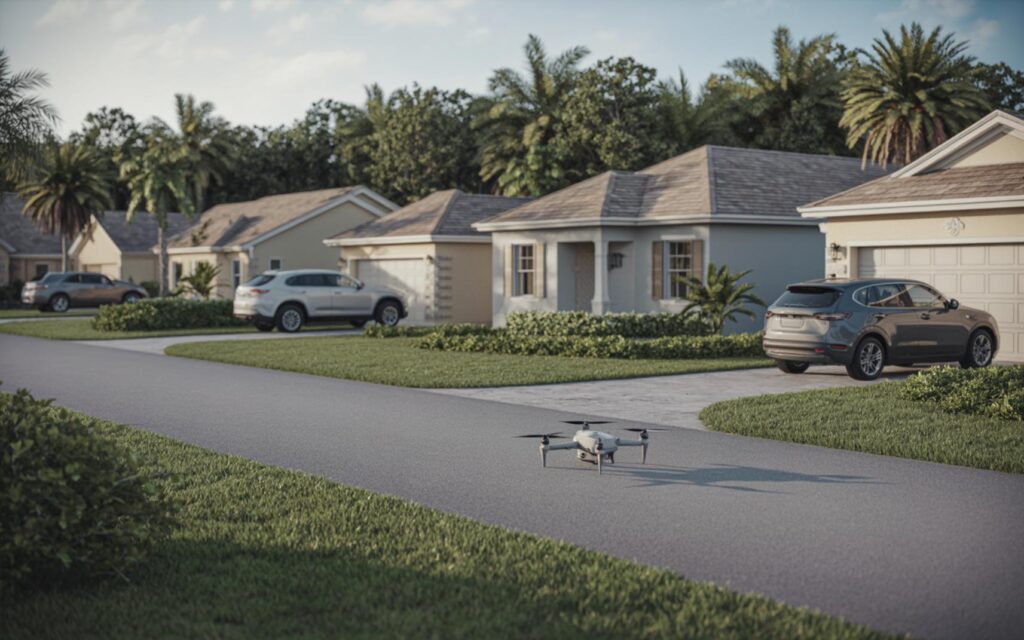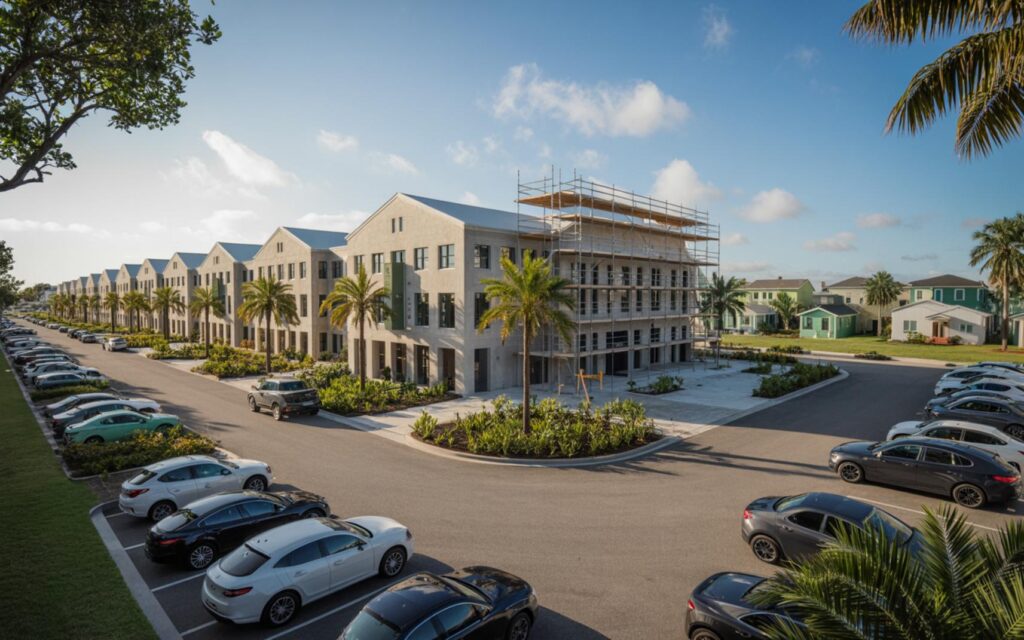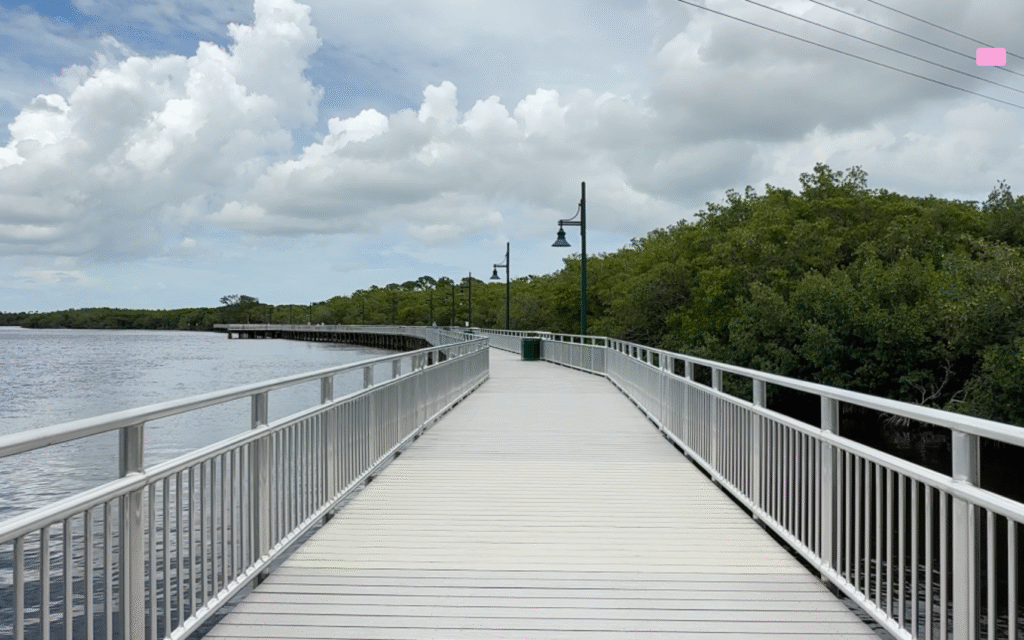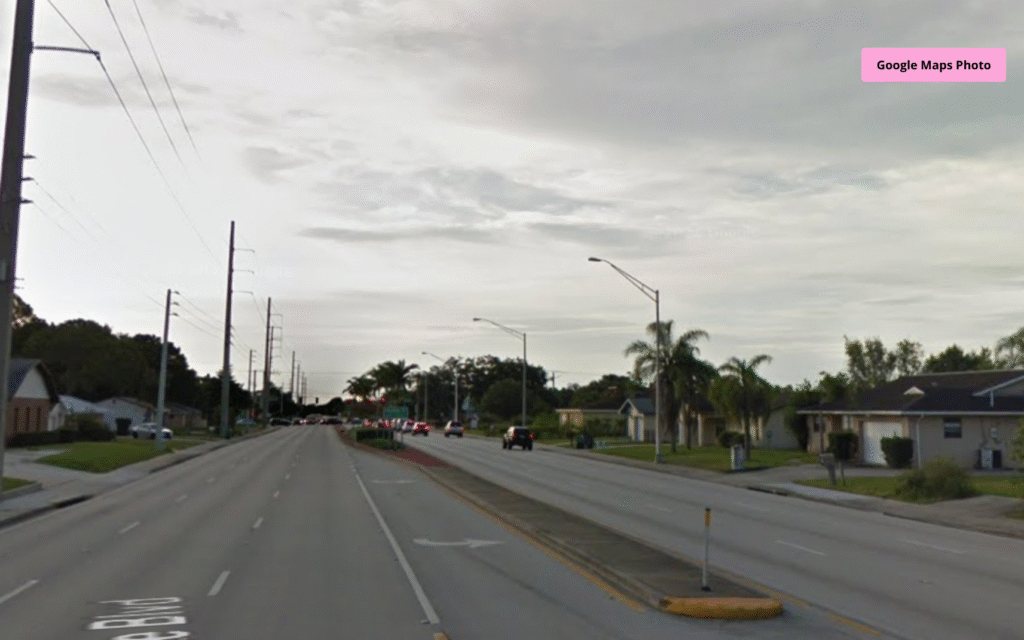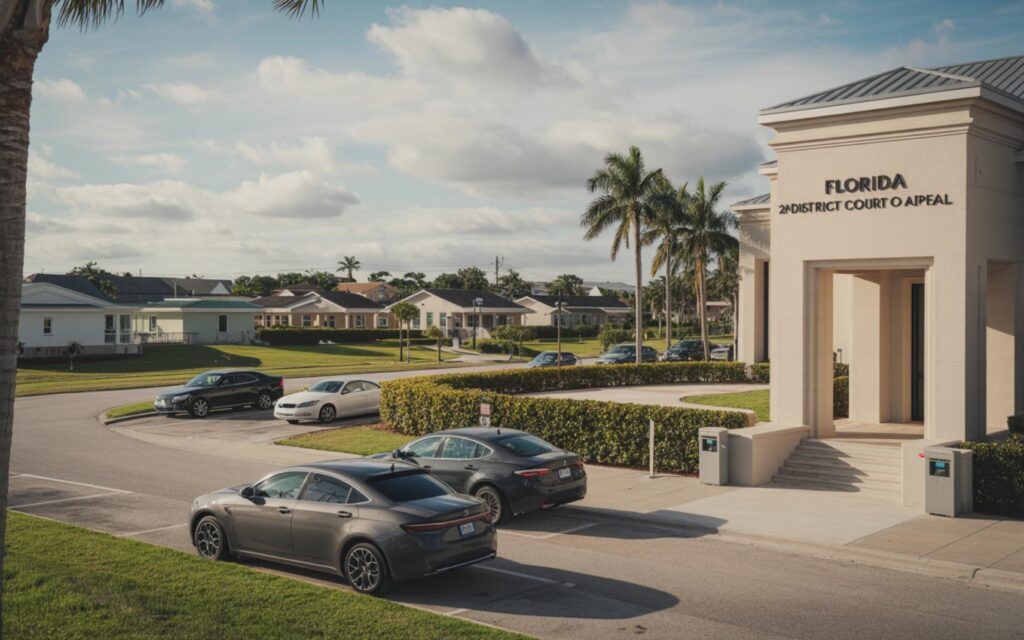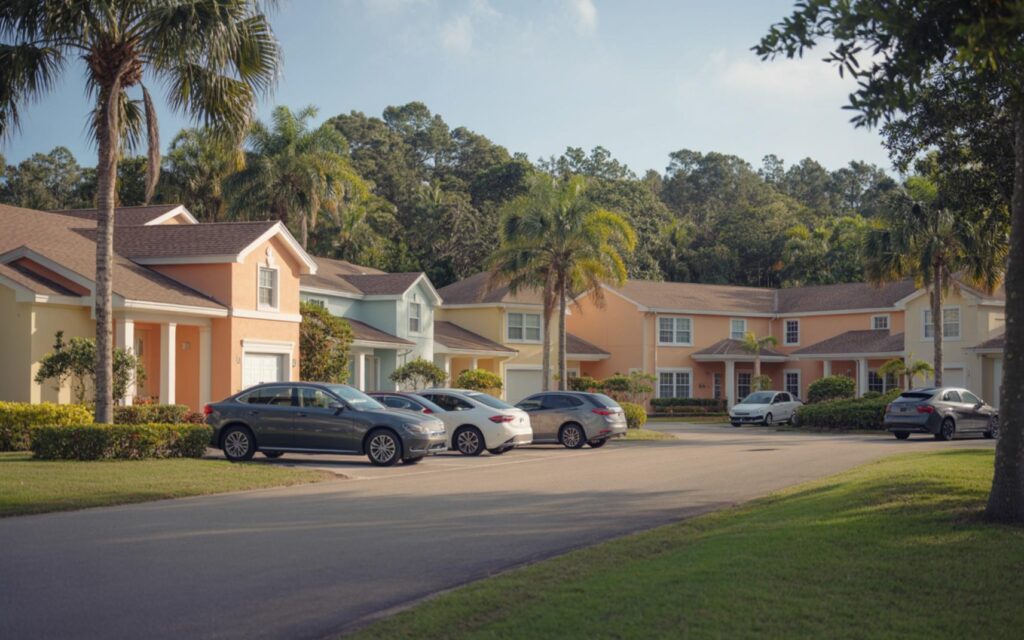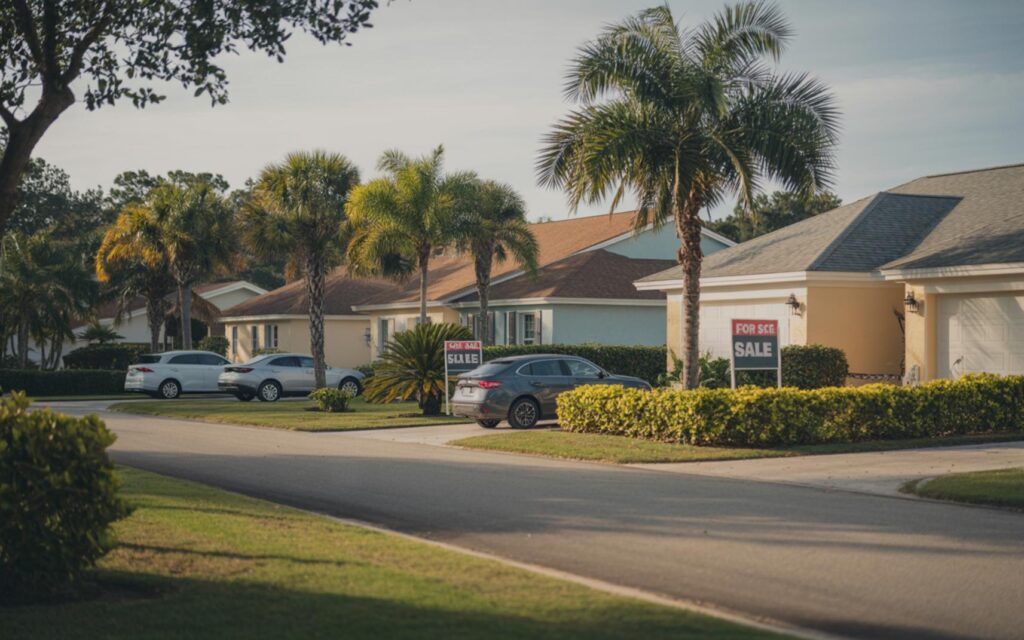Homeowners insurance premiums have surged across the United States in recent years, with average annual costs now exceeding $3,300 in many areas. Homeowners insurance premiums have outpaced inflation, raising concerns about affordability and access to coverage.
Homeowners Insurance Premiums: Key Trends and Statistics
According to industry data, average U.S. homeowners insurance premiums increased by 24% over the past three years. In 2025, the typical cost for $300,000 in dwelling coverage is about $2,408 per year, though rates vary widely by state and risk profile.
Premiums rose at twice the rate of inflation between 2021 and 2024, resulting in a $21 billion total price increase for American homeowners. Over half of U.S. homeowners reported higher premiums in the last 12 months, with some states experiencing especially steep hikes.
States Facing the Largest Increases
- Mississippi and Colorado saw premium increases of over 25% in the past year.
- Annual costs in these states now range from $2,800 to $3,300.
- Homeowners in the highest-risk ZIP codes pay 82% more in premiums than those in the lowest-risk areas.
Deductible Trends
- Deductibles have risen sharply, with a 24.5% increase from 2024 to 2025.
- In high-risk regions, higher deductibles are now common as insurers seek to offset rising claims costs.
Factors Driving Homeowners Insurance Premium Increases
Several factors are contributing to the rapid rise in homeowners insurance premiums. The home insurance market faces mounting challenges due to climate change, inflation, and higher homebuilding costs.
Natural disaster losses have increased tenfold since the 1980s. Recent years have brought more frequent and severe events, including hurricanes, wildfires, and flooding, which have driven up claims and insurer expenses.
Impact of Climate Events
- Wildfires in Los Angeles and flooding in North Carolina and Texas have underscored the growing risks facing many regions.
- Coastal and wildfire-prone states continue to experience the steepest premium increases.
Rising Replacement Costs
- Replacement costs for homes surged by 55% between 2020 and 2022.
- This increase was driven by post-pandemic inflation and supply chain disruptions, raising the cost to rebuild after a loss.
Insurer Withdrawals and Reduced Coverage Options
- Major insurers have withdrawn from high-risk states such as California and Florida.
- This has reduced coverage options and increased reliance on state-run or high-risk insurance pools.
- Policy nonrenewal rates have also increased in these areas, further limiting accessibility.
Current Developments in the Homeowners Insurance Market
Premium increases have moderated slightly in late 2024 as some insurance carriers regained profitability. However, uncertainty remains due to ongoing climate risks and economic volatility, according to official industry sources.
Regulatory efforts and emerging technologies are being explored to address affordability and risk, but many homeowners remain underinsured or face limited choices. The trend of rising deductibles continues, especially in regions with frequent severe weather.
Policyholder Challenges
- Many homeowners report difficulty finding affordable coverage in high-risk areas.
- Some are forced into expensive, limited-coverage pools operated by states or industry groups.
- Shopping around and considering discounts or bundling may help, but understanding policy details and coverage gaps is essential.
Expert Perspectives on Homeowners Insurance Premiums
Industry analysts and experts warn that rising homeowners insurance premiums and reduced coverage options are deepening the housing affordability crisis, especially in disaster-prone regions. There is concern that some high-risk areas may become uninsurable, leaving homeowners with few options beyond costly, limited-coverage pools.
Calls for federal and state policy action are increasing, with a focus on risk reduction and financial protection for homeowners. Regulatory changes, improved building standards, and investment in disaster mitigation are among the strategies being discussed to stabilize the market.
Regional Variation in Homeowners Insurance Premiums
Local climate conditions and geographic risk play a major role in premium variation. Coastal states and areas prone to wildfires or flooding have seen the steepest increases in homeowners insurance premiums.
According to official sources, homeowners in the highest-risk ZIP codes pay significantly more than those in low-risk areas. This disparity is expected to persist as climate events and rebuilding costs continue to rise.
Frequently Asked Questions About Homeowners Insurance Premiums
What is the average cost of homeowners insurance premiums in 2025?
The average cost for $300,000 in dwelling coverage is about $2,408 per year in 2025. However, many areas now see typical annual costs exceeding $3,300, depending on location and risk factors.
How much have homeowners insurance premiums increased recently?
Homeowners insurance premiums have increased by 24% nationwide over the past three years. Some states, such as Mississippi and Colorado, saw increases of over 25% in the past year.
Are there differences in premiums between high-risk and low-risk areas?
Yes, homeowners in the highest-risk ZIP codes pay 82% more in premiums than those in the lowest-risk areas. Coastal and wildfire-prone states tend to have the largest premium differences.
Can you lower your homeowners insurance premium?
Shopping around, bundling policies, and seeking discounts may help lower your premium. It is important to review policy details and understand coverage gaps before making changes.
Where are homeowners insurance premiums rising the fastest?
Premiums are rising fastest in states like Mississippi, Colorado, California, and Florida. These areas face higher risks from natural disasters and have seen major insurers withdraw from the market.

